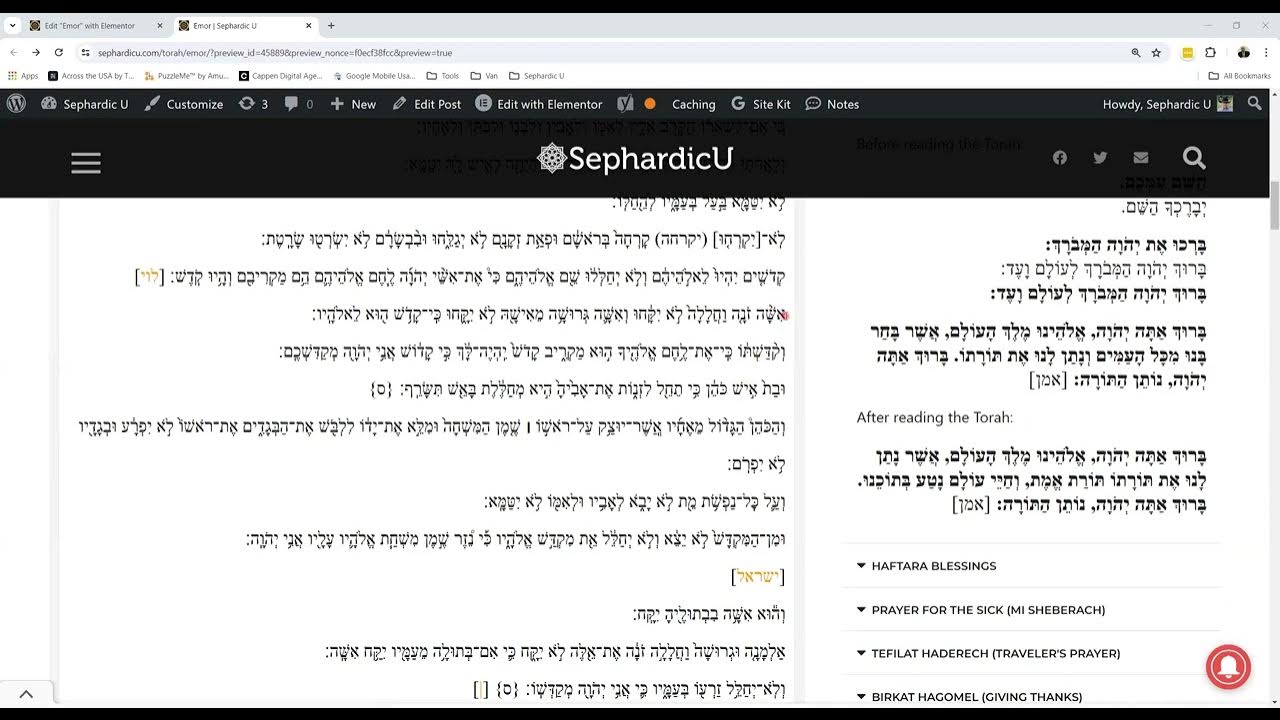Unearthing the secrets of Sephardic heritage involves a journey through time, tracing the intricate paths of our ancestors. Within this intricate tapestry of history lies the treasure of Sephardic genealogy, offering a bridge to the past that connects us to our roots. As we embark on this journey, understanding the resources at our disposal is key to unveiling the stories that shaped our lineage.
Researching Sephardic Genealogy: Helpful Resources
Introduction to the World of Sephardic Genealogy Resources
The quest to rediscover one’s Sephardic heritage can be both exciting and challenging. Fortunately, a plethora of resources exists to guide us through this rewarding expedition. These resources form a mosaic of information, spanning from historical archives and online databases to the expertise of professional genealogists. Let’s embark on a journey through these essential tools, each a compass guiding us toward our ancestral past.
Archives and Libraries: Unlocking the Past
Among the essential reservoirs of historical data are archives and libraries dedicated to preserving the narratives of Sephardic communities. These repositories house a treasure trove of records, including birth, marriage, and death certificates, immigration documents, and census records. The documents, often handwritten and aged by time, provide a direct link to our ancestors’ lived experiences.
Sephardic genealogists frequently navigate these archives, deciphering scripts to unveil forgotten chapters. From the sprawling halls of national libraries to the intimate archives of community centers, these institutions offer glimpses into the past that allow us to weave together the tapestry of our lineage.
Online Databases: The Digital Path to Ancestral Histories
In the age of technology, online databases have revolutionized genealogical research. Platforms such as JewishGen, SephardicGen, and Ancestry.com host expansive collections of digitized records, accessible at our fingertips. These databases house census data, immigration manifests, and historical documents that span continents and generations.
With a few clicks, we can journey through time, tracing the footsteps of our forebears. Online platforms provide search filters that narrow down results, aiding in the discovery of long-lost relatives and essential documents that connect us to our past.
Community Organizations: Nurturing Connections and Expertise
A remarkable aspect of the Sephardic experience is the sense of community that extends across generations. Sephardic organizations and societies serve as both guardians of tradition and bridges to our lineage. These vibrant communities offer resources ranging from genealogical databases to expert researchers well-versed in the intricacies of Sephardic heritage.
These organizations foster connections not only to the past but also to living relatives who share our roots. Through membership and collaboration, we gain access to workshops, seminars, and symposiums that enrich our understanding of our ancestors’ journey.
DNA Testing: Unveiling Ancestral Origins
The science of DNA has opened a new chapter in genealogy. Services like 23andMe, MyHeritage, and FamilyTreeDNA offer the opportunity to uncover our ancestral origins through our genetic makeup. With a simple DNA sample, we can trace migratory routes, identify potential relatives, and connect with distant cousins who share fragments of our heritage.
DNA testing provides a glimpse into our ancestral past that transcends historical documents. It unveils connections we might not have otherwise discovered, revealing a global tapestry of shared genetic markers that affirm our diverse heritage.
Expert Researchers: Guiding the Journey
For those seeking a personalized approach to their genealogical journey, expert researchers specializing in Sephardic genealogy are invaluable companions. These professionals possess an intimate knowledge of historical records, languages, and cultural nuances that shape our search. They navigate complex archives, decode unfamiliar languages, and decipher historical contexts that might elude the untrained eye.
Expert researchers offer not only technical expertise but also a bridge to the past. They provide context to our ancestors’ lives, adding depth to the names and dates that populate our family trees. With their guidance, we can unlock stories that paint vivid portraits of our forebears’ lives.
Embarking on the Journey with “Tracing Sephardic Genealogy”
Within the realm of Sephardic genealogy resources, our journey becomes an expedition of self-discovery and connection. This voyage of ancestral exploration gains a new dimension as we delve into the articles presented in this series, particularly “Tracing Sephardic Genealogy: Rediscovering Your Ancestral Roots.”
In the upcoming articles, we will dive deeper into the insights and intricacies of Sephardic genealogy. From historical landmarks to the nuances of ancestral names, we will uncover the methods and stories that allow us to piece together the mosaic of our past. As we navigate these resources, let’s remember that each document, name, and connection reveals another thread in the intricate tapestry of our heritage.
Conclusion
As we journey through the realm of Sephardic genealogy resources, we honor the footsteps of our ancestors while nurturing a deeper connection to our lineage. The combination of archives, online databases, community organizations, DNA testing, and expert researchers serves as a compass guiding us through the labyrinth of time. With each discovery, we gain insights into the stories that define us, creating a bridge between past and present that empowers us to shape our future.
Continue: Why Trace Your Roots?








Parashat Behar – Weekday Torah Reading (Moroccan TeAmim)